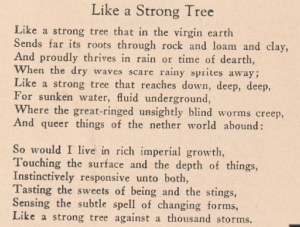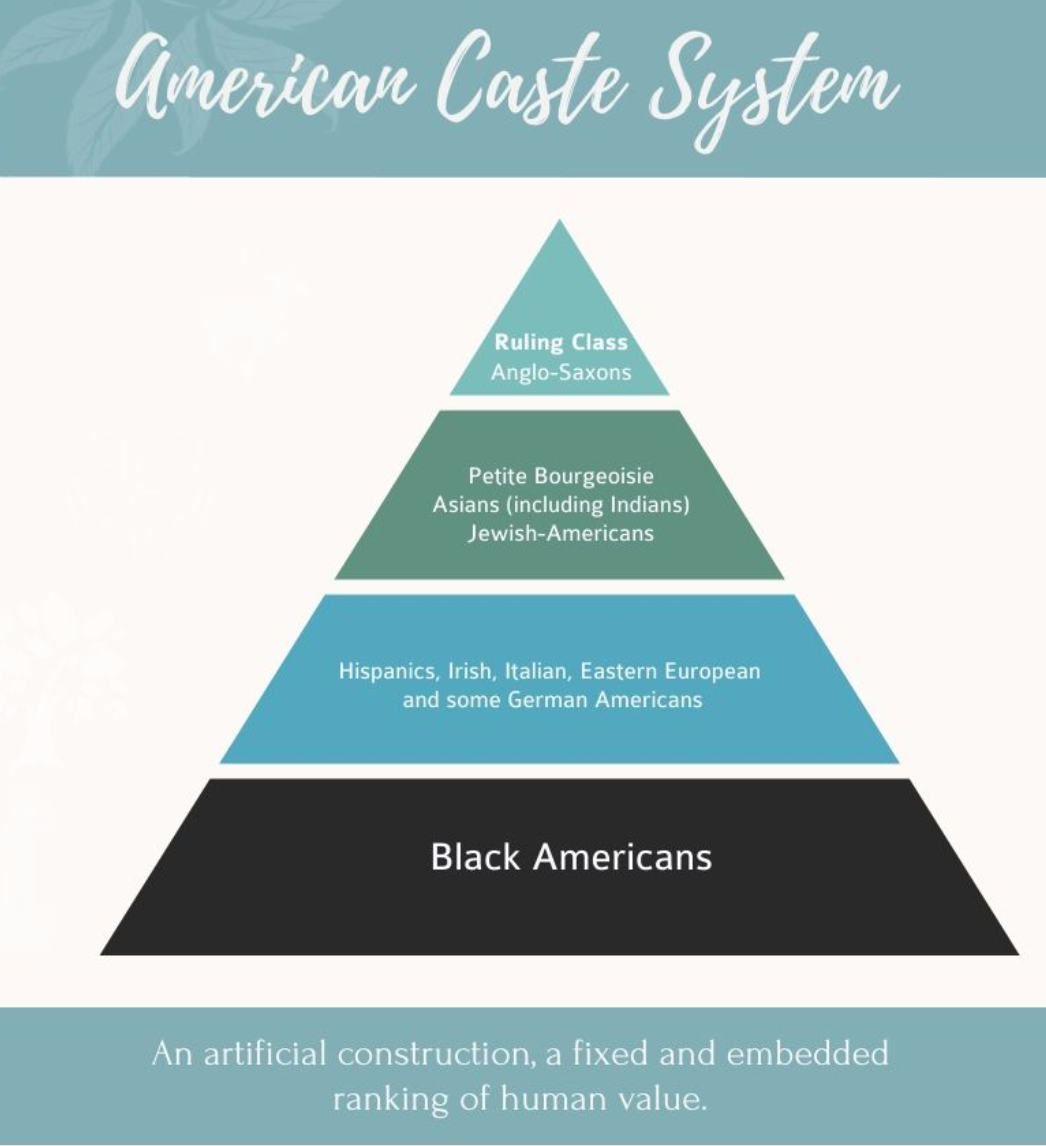What was it like to be a black child during the Harlem Renaissance?
It’s a question that seldom seemed to be asked, and only answered in retrospect by autobiographies sold about half a century afterwards.
An adult of that time would be happy to tell you how it was different, and how they got to experience so many new things that they never would’ve thought they’d get to experience when they were younger.
Unfortunately, we can’t purely look at things at the point of view of an adult, because the children in question have their own experiences. And what they say is true, they wouldn’t be able to imagine the younger experience, but to add on even further, each successive generation, the experiences they face during childhood are completely different from the last.
It’s not wrong to say that we are cagey about these divisions as each generation has their own separate childhood cultural phenomenon that help bond the generation together, and accordingly, they had their own challenges to face.
However, delving into the literature and environment the children lived through will help paint a picture of their experience.
So what were the childhood experiences for Black children that they all collectively experienced during this tumultuous time?
The previous generation was rife with a struggle to change what it meant to be black. They created magazines, gave speeches, and made an entire neighborhood their own. But even then, that generation was unable to solve the problem of the rampant racism they faced.
What was a child supposed to take from that?
Would they idealize the fighter for social justice as something that they would strive to become in the future? Or would it break them and force them down a path of despair?
This quote by W.E.B Du Bois contained in the website ‘The Magazine that Helped 1920s Kids Navigate Racism’ encapsulates it best:
This was inevitable in our role as [a] newspaper—but what effect must it have on our children? To educate them in human hatred is more disastrous to them than to the hated; to seek to raise them in ignorance of their racial identity and peculiar situation is inadvisable—impossible.
The Crisis magazine was showing the good, the bad, and the ugly of everything the Negro community was facing, but an unfortunate truth about the full truth is that the ugly tends to take in more space of a person’s mind, and in a child’s case, the cornerstone of their thoughts. If the children act on this hatred, nothing would change and the change that the previous generation had fought oh so hard for could’ve been lost. If children were to give into hatred and such, it would continue a cycle of violence and racism to the next generation and a life led by such hatred would rarely turn out to be a blessed one.
The media wasn’t kind to the neighborhoods these children lived in. But maybe the people were better.
Children have role models to base their behavior around. They are there to create an ideal image in their minds to live up to and to strive to become. It’s no secret that many pursued the fields they do as adults because there was a role model to guide them.
What did the children see? What did they learn? What did they start to believe?
Did the adults want them to continue the fight, or would they hope that it would end in their generation?

Hughes, L. (1925). The Weary Blues. Opportunity, 3(29), 143–143.
This poem by Langston Hughes on p.145 of Opportunity magazine, is a moving piece about the struggle and the misery that pervades the Negro community. It oozes with a feeling of being beaten down, and yet, there’s an accepting tone that they’re forgiven even in spite of their defeated figure. More importantly, it was written from the perspective of someone watching a man be so weary, and he can’t even fake being chipper.
The blues are a form of weeping for the suffering inflicted. What would a child see in this?
In the eyes of a child, they’d start to notice a pattern. A strange pattern of every kind adult empathizing with a beaten down man who looked as if he’s seen better days. The children would have a front row seat to this. They’d gain a sense of dread about the future, and the nigh-insurmountable wall of the future from their very young perspective. Maybe once they’ve grown, they’ll see the wall for what it is, but as a child, it’s frightening.
There is nothing a child understands more than their own helplessness to the world. This wall is going to block them, and it must be scaled with blood, or they would have to walk away from it entirely.
However, stories did offer a form of respite.
The Brownies’ Book was created by W. E. B. Du Bois, to educate and promote literary skills for both black and white children.

3 Covers for ‘The Brownies’ Book’ dated Jan, Feb, June, of 1920
It was a much lighter publication in comparison to Crisis magazine. It focused more on literature for children and stories that depicted black children in a much more natural way in comparison to the very ‘narrow-minded’ takes other magazines were publishing. These magazines were targeted to both white and black children, in order to foster stronger relations between the two, since if they had a common to speak about, prejudices could be broken. Children are innocent and unknowing, so they’ll treat others how they see their role models and media tell them to treat certain people. This magazine hoped to show children that hatred was a incorrect choice and that it would be better to
And the children did do something that many were screaming they couldn’t.
Education had been a raging issue at this time, with many convinced that a black child and a school were like oil and water. However, education is the cheapest way to raise one’s position in society, so having children who could advance and truly apply themselves to learn and obtain vital jobs to a society would indisputably improve the general Negro community standing. But there are barriers to education nonetheless, namely in the form of monetary payments to attend educational institutions.
Grants are a blessing in this case as they provide that monetary assistance desperately needed by students struggling to pay their debts. But it’s not as if this money from these grants are able to appear out of thin-air. This money had to be managed and appropriately awarded to the students who needed it most, and the “Go to High School-Go to College” program by Alpha Phi Alpha was a shining standout as shown in the quote below by Opportunity magazine:

Fraternities and Sororities. (1925). Opportunity, 3(26), 48–50.
They had managed to create and maintain such a well-maintained program that even political figures gave their praises onto their efforts. These programs are representative of hope, and with such advancements and the removal of economic barriers, it would mean the inspiration of scholars to be limited solely by their efforts in academia which would lead to a strengthening of their position in society.
The struggles and boons of all these children defined and shaped their course in life. Their experiences gave a base to their opinions and their beliefs. To truly understand the change that happens to a community, the one thing that should be watched above all else is the ideas the children are exposed to, the things people say about them, the adults they watch and who they are closest to, the items that they read, and the ways they improve themselves.
Fraternities and Sororities. (1925). Opportunity, 3(26), 48–50.
Holmes, A. (2021, February 18). The magazine that helped 1920s kids navigate racism. The Atlantic. Retrieved March 8, 2022, from https://www.theatlantic.com/culture/archive/2021/02/how-w-e-b-du-bois-changed-black-childhood-america/617952/
Hughes, L. (1925). The Weary Blues. Opportunity, 3(29), 143–143.
 Many things throughout history have changed, to the point where if a person from the past were to somehow travel to the future, they would be utterly loss in insane sorts of ways. The advent of technology means that the person from the past would see people talking to themselves on glowing screens, strange forms of food they’ve never heard of before, and how everything is connected to a cloud. To add on further, the products they used to use and eat would have been replaced with all sorts of food from General Mills and Kellogg’s.
Many things throughout history have changed, to the point where if a person from the past were to somehow travel to the future, they would be utterly loss in insane sorts of ways. The advent of technology means that the person from the past would see people talking to themselves on glowing screens, strange forms of food they’ve never heard of before, and how everything is connected to a cloud. To add on further, the products they used to use and eat would have been replaced with all sorts of food from General Mills and Kellogg’s.
















 taken from Google Images
taken from Google Images front of the school, picture taken from Google Images
front of the school, picture taken from Google Images






 ‘
‘